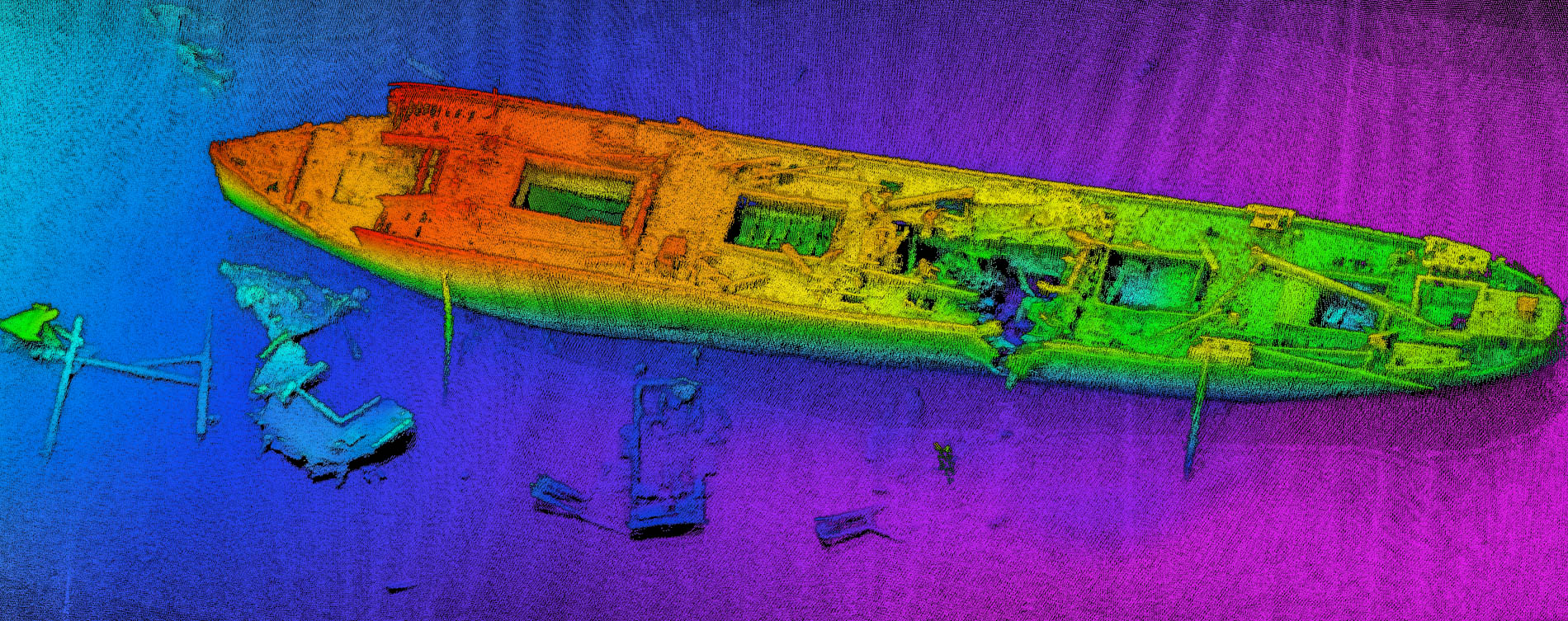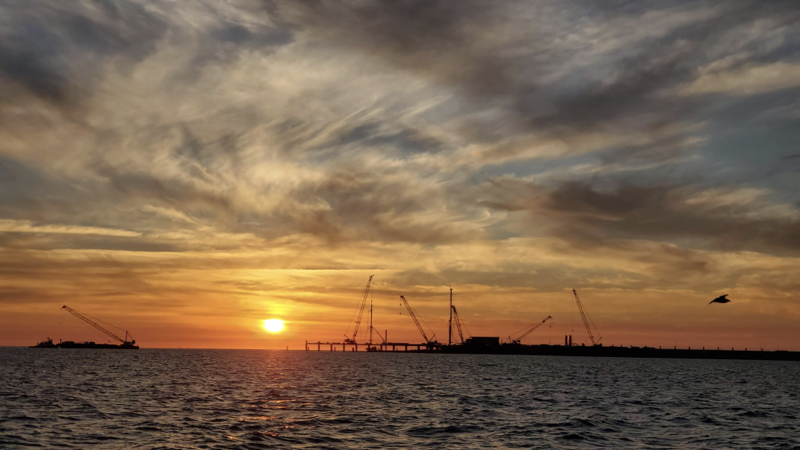EXTENDED ABSTRACT
Pawel Pocwiardowski , Christopher Sullivan and Mike Mutschler
Shallow water dredging projects are often periodic and highly dynamic operations. The dredger must move quickly from one place to another and swiftly change operation from dredging to rock dumping. Contemporary advanced dredging projects are driven by tight specifications and multilayered structure where the dredging is followed by deposition of several layers of different size rocks, each of which has its own elevation and thickness requirements.
In such dynamic projects the hydrographic surveys conducted for dredge and rock dumping monitoring become a logistics issue and impacts the dredging time and efficiency. The dredger must often move out to let the survey vessel pass through. The survey data must be swiftly processed and passed back to the dredger operator to show the compliance with the design. This iterative process results in inefficient use of time and materials and often requires expensive reworks.
In such situations there is a need for a different approach for bathymetric data acquisition and processing. The process shall provide instantaneous feedback to the dredge operator with simple displays allowing them to take a corrective action on spot without waiting for the survey and data processing to complete. At the same time the solution must provide full transparency for the survey manager and hydrographers. The survey manager requires instant access to the data remotely, perform GIS operations, prepare progress reports, approve and manage the data. That must be satisfied without any degradation of the bathymetry data quality and adhere to the required standards for hydrographic surveys.
The paper presents a real-time dredging monitoring turn-key solution facilitating the above outlined needs used during the Parallel Thimble Shoal Tunnel Project for Chesapeake Bay Bridge-Tunnel. The technology is being used by Chesapeake Tunnel JV during the construction of a second two-lane parallel tunnel under the Thimble Shoal navigation channel next to the existing tunnel.


